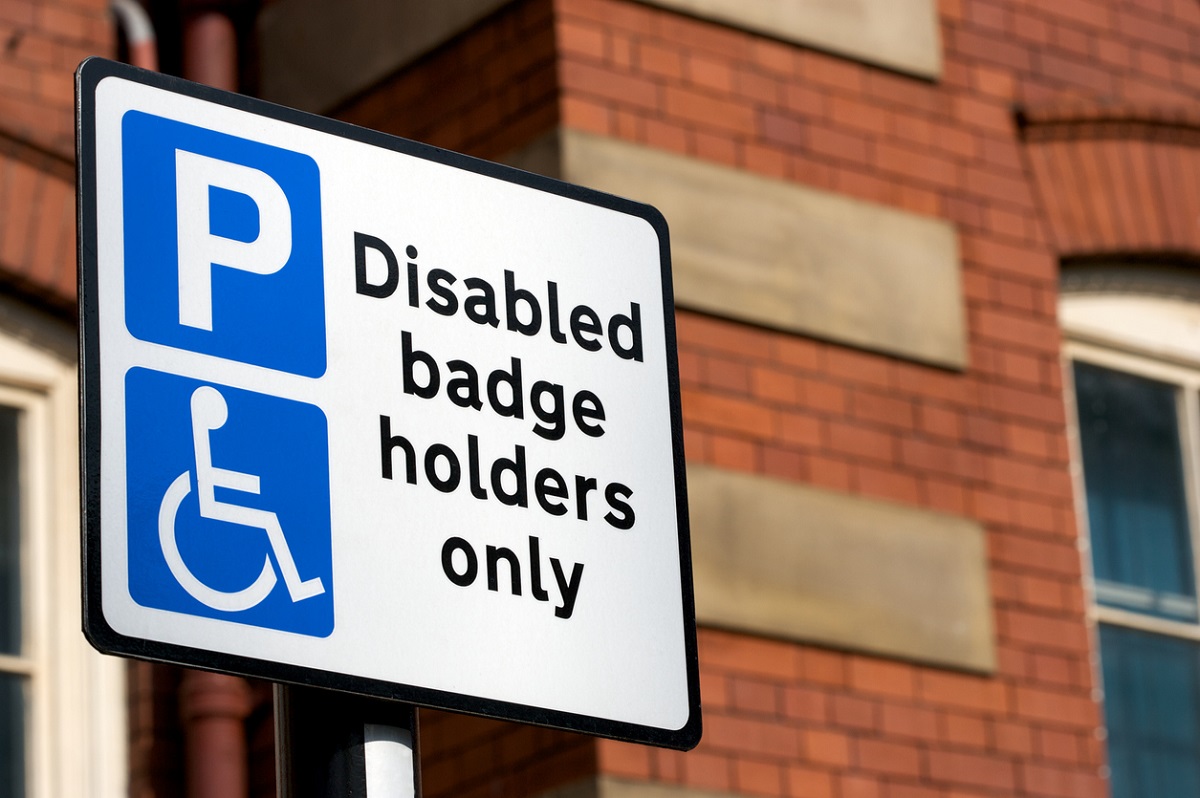Oct 29, 2019

The Blue Badge Scheme is offered to those who meet the criteria that is set out by the government. The purpose of the blue badge is to help those with limited ability, and those who have hidden disabilities (such as dementia or anxiety disorders) to park closer to where they would like to go.
In this blog, MyCarNeedsA.com are going to explain the Blue Badge scheme from who can qualify for one, the benefits and how much they cost.
The blue badge scheme allows those with mobility problems, and those who have hidden disabilities (or whoever is driving them) to park closer to where they need to go.
The Blue Badge itself is not based on the vehicle: as long as the Blue Badge holder is present, (whether they are driving or not) the vehicle doesn’t matter.
You are automatically eligible for a Blue Badge if:
●You have a disability which means you are unable to walk
●You find great difficulty walking from your car to where you desire to go
●You have a disability which means that you are likely to harm yourself or someone else when you are walking
●Registered blind
●Receiving certain benefits
●If you receive the ‘Higher Rate of Mobility Component’ in your Disability Living Allowance
●If you are a parent of disabled children under three years old
The criteria for hidden disabilities differ in each country with the UK. To find out more information on whether or not you can apply for a Blue Badge, head over to your GOV website.
If you would like to apply for a Blue Badge then you will need to contact your local council. From there you will need to:
If you are a holder of a Blue Badge; whether you are the driver or the passenger, then you are granted permission to:
●Parking spaces that are larger than normal, more accessible to the building you are going to
●Parking on the street with no time limit for on-street display bays.
●No charge for using pay metres or pay and display metres
●Parking on yellow lines for three hours is also permitted with exceptions
However, it's important to note that there are some places where you can’t park for free, so you’ll need to double-check where you can in places such as the City of London, The Royal Borough of Kensington, Chelsea and more.